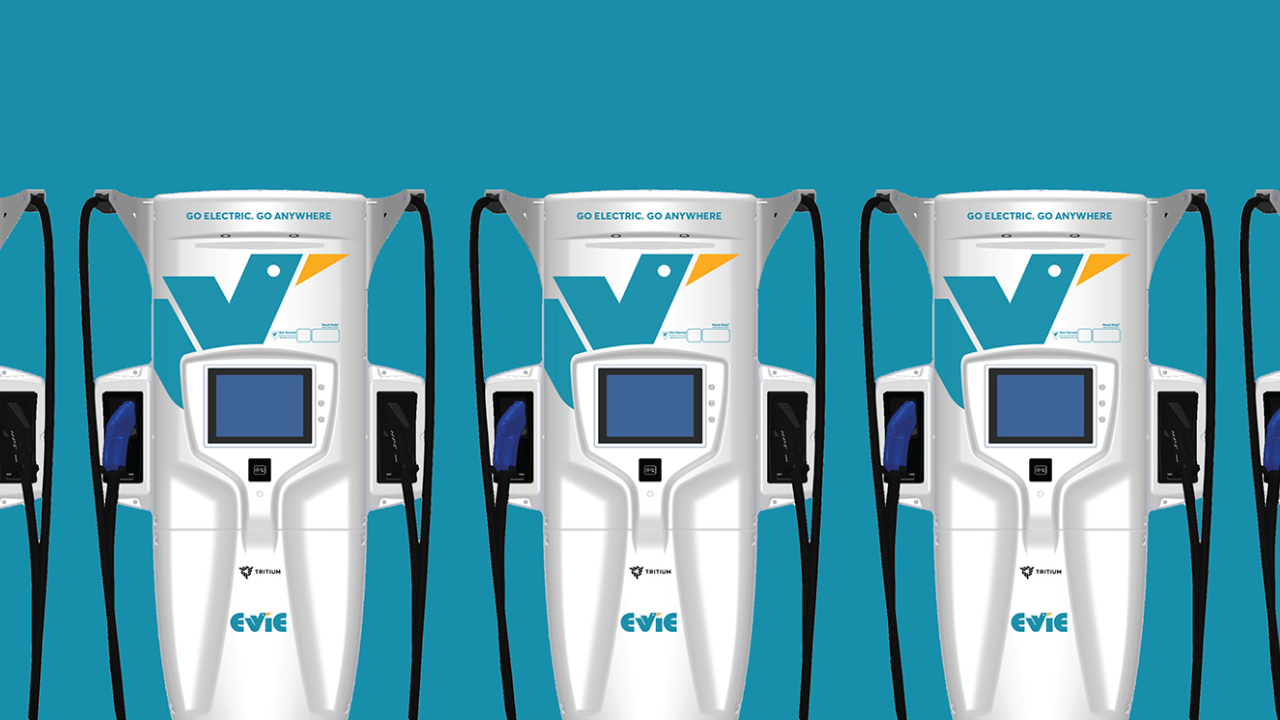You've got to remember this is a global decision.This shows BP are more concerned with rollout speed rather than getting the network correct with the right software and equipment.
BP is not a small company and has operated EV charging networks in Europe for a number of years - in the UK (where it bought the Chargepoint in the UK and had its own Polar network) and Germany (where it has the Arul network, and a partnership with VW.)
If you look at various YT videos they've got direct experience with multiple machine types including ABB and Siemens
So I suspect the Tritium machines have been well benchmarked, both in price, availability, performance, uptime, maintainability etc.



